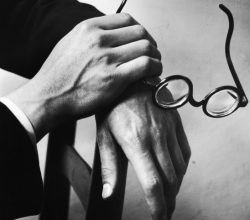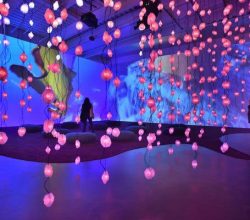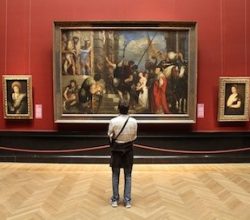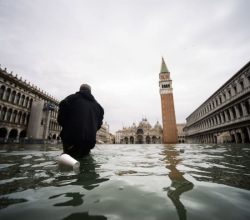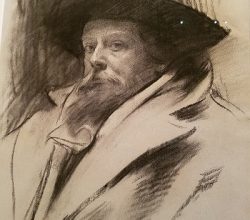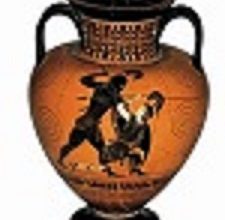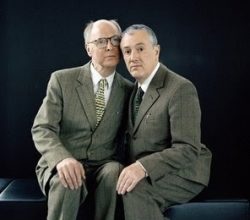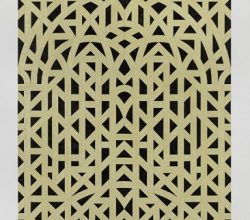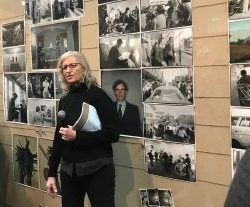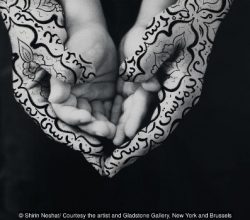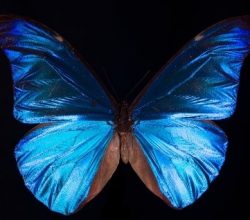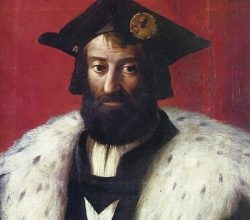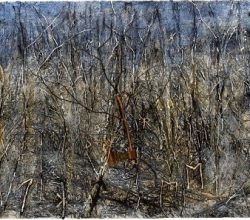
Anselm Kiefer, White Cube, review: not quite touching the void.
Cal Revely-Calder | The Telegraph | 15th November 2019
Kiefer’s art has long reflected his struggle with Germany’s Nazi past. His latest show refers to physics’ string theory. Perhaps he has moved on? Some critics discuss his new “frightening”, “genuinely exciting” works from this new perspective. This writer reasons otherwise. Were these paintings about physics “they would be energetic but confused. But they are too potent … These, I think, are still pictures of history, pictures of guilt.”

